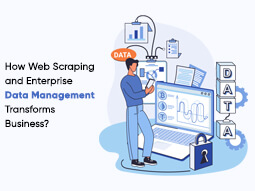Graph Databases Data Scraping And Solutions
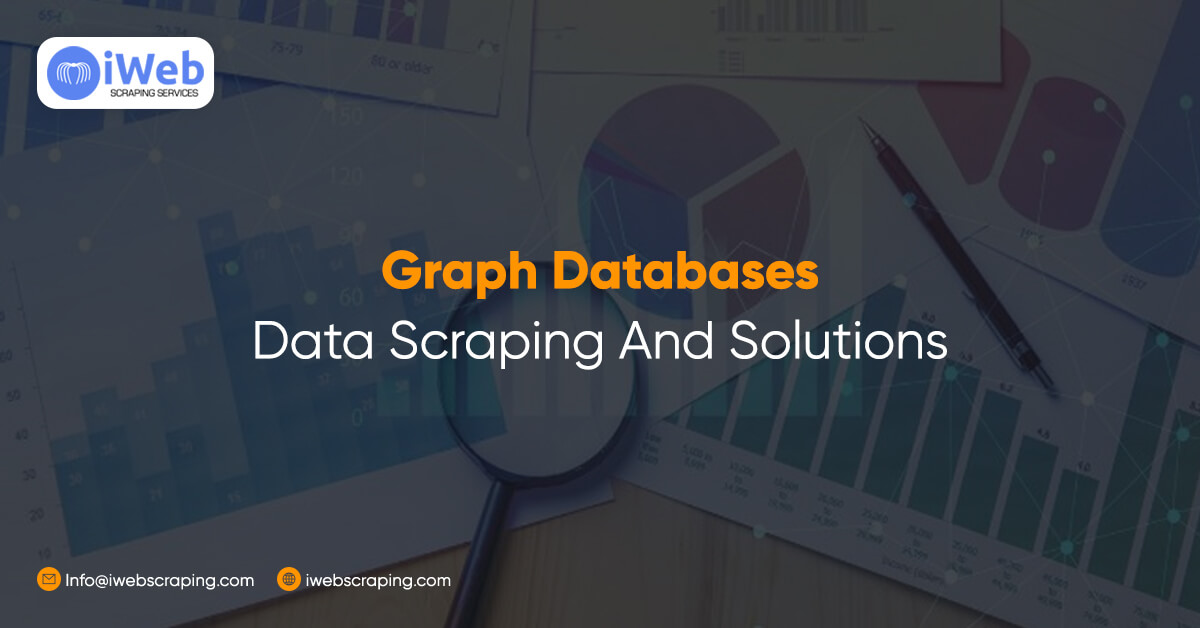
Consider graph databases as specialized instruments, similar to a detective's tools, for figuring out intricate linkages inside data. Graph databases, which are part of the NoSQL family, are intended to make information relationships readily visible, in contrast to conventional databases that resemble spreadsheets.
These databases are excellent at handling complex data linkages; they act as amiable tour guides through the complex web of links found in your data. Graph databases make it easier to understand these interactions, whether you're looking at social network connections or figuring out links within a vast corporation.
How Do You Describe a Graph Database?

Consider a graph database to be a kind of digital detective who excels at connecting the dots. It's all about displaying how things are connected, rather than storing data in rigid rows and columns like traditional databases. In this universe, "nodes" symbolize various items such as people, places, or stuff. Then there are "edges" that demonstrate how these items are linked. Consider it a map of the relationships between things.
This specialized database functions as a secret weapon for applications where connections are critical. You know those social media "people you may know" suggestions? Graph databases are working behind the scenes to connect the dots.
Graph databases: How Do They Work?
Relationships are important to the design of graph databases. The links between data points in this form of database are just as important, if not more so, than the individual data points themselves. Working with graph databases entails conceptualization, design, and use of a query language.
Components of a graph database
Graph databases are more straightforward and adaptable than conventional relational databases because of their distinct structure. They are made up of three primary parts:
Nodes:
Nodes stand in for various entities, including goods, people, places, and occasions. It is possible to enhance these nodes with more characteristics. A user node, for example, may have data such as a username, email address, and interests.Properties:
Extra information and context can be added to nodes by attaching properties, which are additional details.
In a graph database, edges are the links that join nodes together. Depending on the type of relationship, these links may be directed or asymmetric. A directed edge, for example, is appropriate for representing a hierarchy, such as the relationship between a manager and their immediate subordinate.
Graph Database Architecture and Design
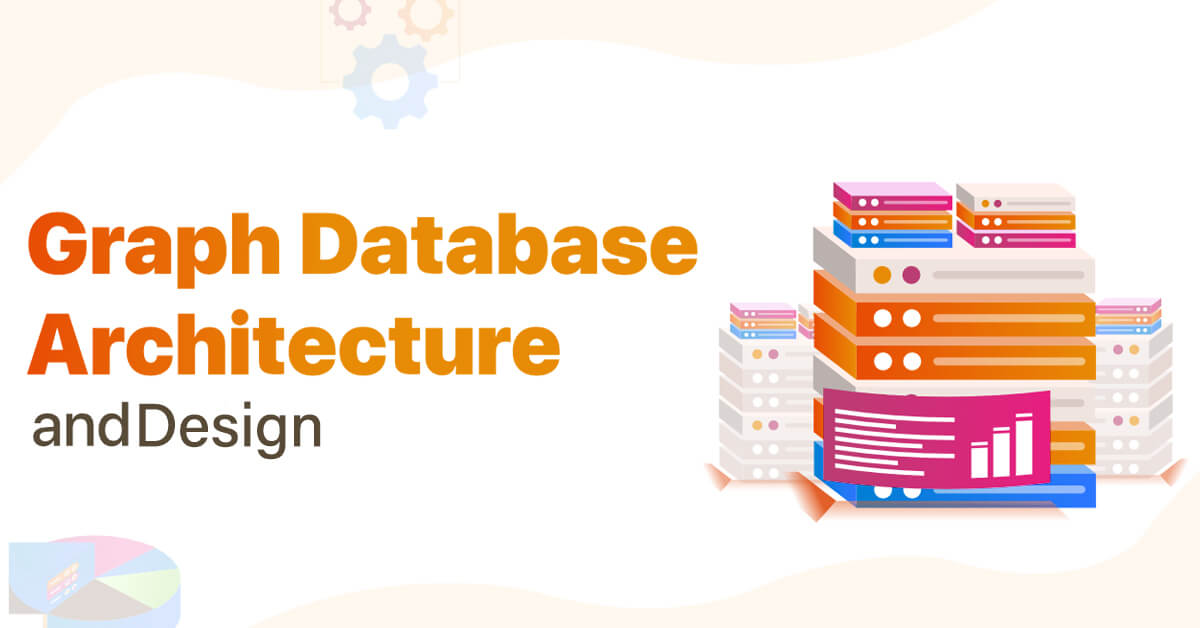
Due to particular optimizations, graph databases surpass general-purpose databases in terms of design. The fundamental distinction is how data is managed in memory vs how it is stored on disk.
Unindexed adjacency is critical in native graph databases. Each node keeps pointers to connected nodes on disk, removing the need to keep a huge index in RAM to achieve good speed. This method ensures consistent performance regardless of the size of the graph because it is based only on the number of nodes visited.
If you used a relational database, you would have to join tables together during query time, which would slow down as the tables grew larger. The alternative is to keep a large index in memory, which is also costly.
Benefits of Graph Database
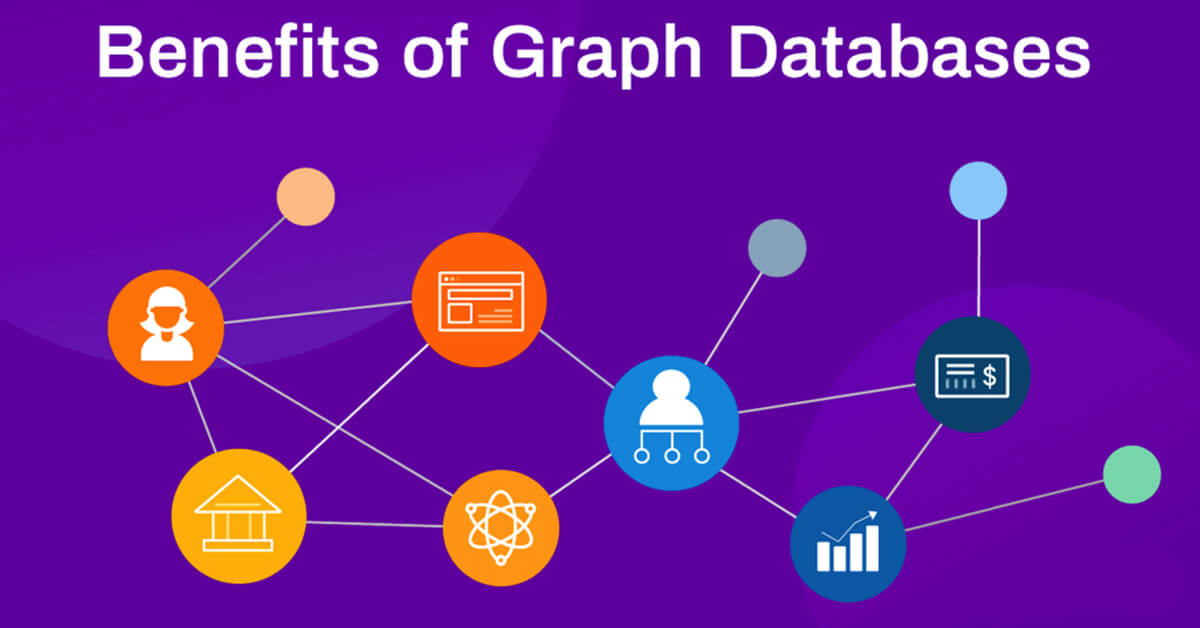
Solving Complex Relationships
In today's data-driven world, graph databases have become a potent option for handling intricate interactions. Graph databases are superior at resolving complex relationships, in contrast to typical relational databases that have trouble with many-to-many connections. This renders them an advantageous instrument for an extensive array of uses, including social media platforms and recommendation systems.
Efficiency in Many-to-Many Relationships
Not all relationships in the world of data are obvious. Consider social networks, where people have many friends and might be connected by mutual hobbies, workplaces, and other factors. A graph database effortlessly manages such intricate, many-to-many relationships. It stores data as nodes and relationships, making it easy to traverse complex networks with speed and efficiency. As a result, queries that would be arduous in a relational database become simple and quick in a graph database.
Ideal for Complex Queries
Graph databases excel when dealing with more complicated data queries. Graph databases handle these tasks easily, but relational databases need complex JOIN procedures to obtain data with several levels of relationships. This is particularly beneficial for applications like fraud detection, where identifying connections between seemingly unrelated entities is vital.
Knowledge graphs are naturally produced when data scraping is combined with graph databases. These graphs display interconnected knowledge gleaned from multiple sources. For example, nodes in a knowledge graph for a movie database might represent actors, directors, movies, and the relationships between them. Thanks to data scraping, this knowledge graph can be updated often as new information becomes available.
Graph Database Use Case Examples
Several notable examples of graph databases outperforming other database modeling techniques include:
Engines that make real-time recommendations
Product and ecommerce recommendations in real time improve the user experience while increasing profits. Netflix, eBay, and Walmart are a few examples.Master Data Administration:
By linking all company data to a single location for a single point of reference, data consistency and accuracy are improved. For large global corporations, master data management is critical.GDPR and other regulatory compliance:
Graphs help to manage data movement and security. The databases reduce the possibility of data breaches while also providing greater consistency when removing data, increasing trust in sensitive information.Digital assets administration:
A vast and continuously expanding quantity of digital content is accessible. Graph databases provide a scalable and straightforward database paradigm for managing digital assets like contracts, evaluations, documents, and so on.Services sensitive to context:
Graphs facilitate the delivery of services related to real-world characteristics. Whether you're looking for a smart solution for traffic updates, product recommendations for a particular area, or warnings about approaching natural disasters, graph databases have you covered.
The Differentiation of Graph Databases
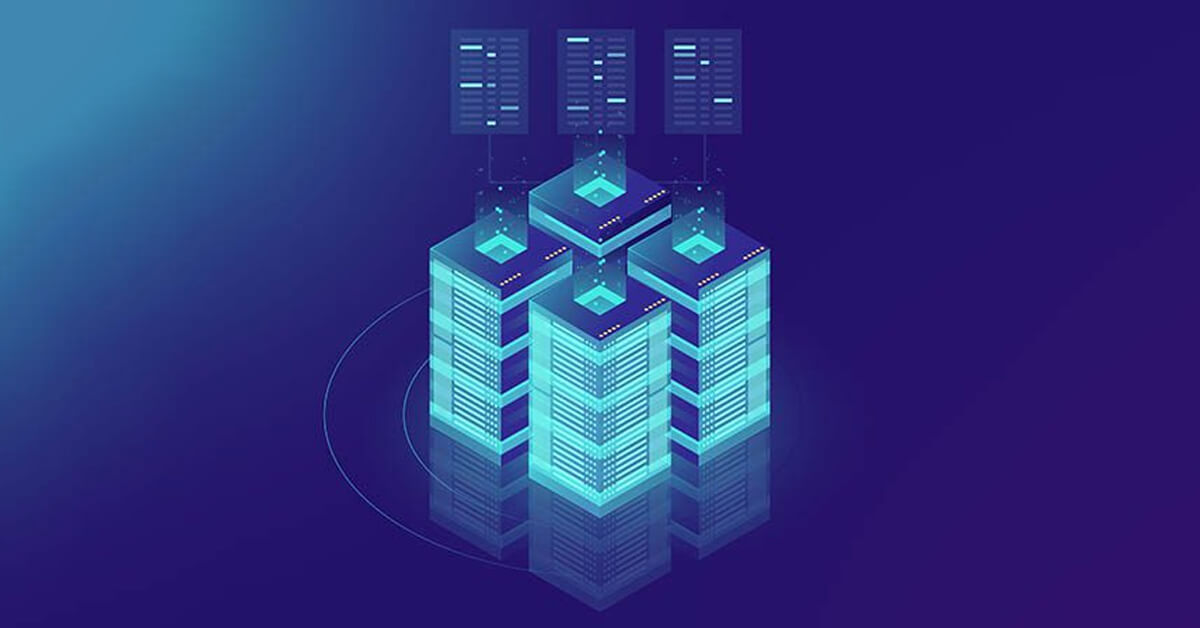
While databases frequently share similarities, graph databases stand out with different characteristics. Their concentration on relationships, connecting data pieces via nodes and edges, is one of the most important characteristics.
This relational approach is ideal for comprehending complicated linkages in social networks or detecting fraud. Furthermore, graph databases excel in flexible data navigation, providing faster and easier searches, making them ideal in scenarios requiring quick and exact data retrieval. Some other things that differentiate graph databases include:
Connecting the Dots: Nodes and Edges
Imagine that graph databases, which function like a type of digital network, use nodes and edges to build a data universe in place of traditional tables and rows. It's like connecting the dots in a way that makes everything more linked and dynamic.
It's All About Relationships
What distinguishes graph databases? It's all about relationships. In this design, data points, called nodes, are like characters in a tale, and the connections between them shape the plot. It's like a language that speaks relationships, making it ideal for analyzing connections in social networks, detecting fraud, and recommending movies you might enjoy.
Flexibility at Your Fingertips
The fascinating part is that graph databases are incredibly adaptable. The search process for information can be slowed down by traditional databases becoming entangled in a web of intricate relationships.
However, using graph databases is similar to having a straight, easy path. It's easy to navigate between connections, which makes searches faster and easier. This is useful for tasks requiring quick and precise data retrieval, such as network analysis or route optimization.
Consider graph databases to be the unsung heroes in numerous fields. They bring people closer together in social networks by comprehending the complexities of friendships. Fraud detection becomes sharp, easily detecting complex patterns. And it's the graph database wizardry that understands your preferences like a close friend when you get those spot-on recommendations for your next binge-watch.
Bottom Line
Graph databases offer a great way to examine intricate relationships between different data pieces. Particularly appealing in the context of fast-paced data analysis are the quick query response times and instantaneous responses. Graphs are a rapidly developing technology that will continue to progress.


